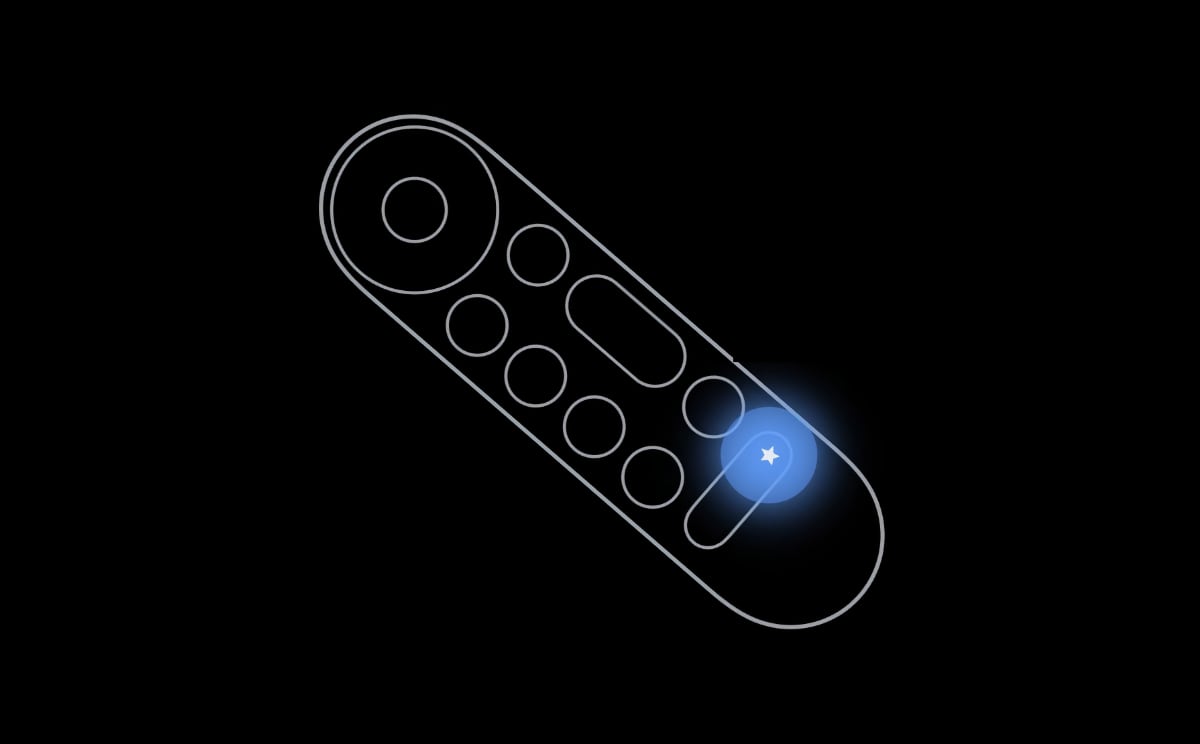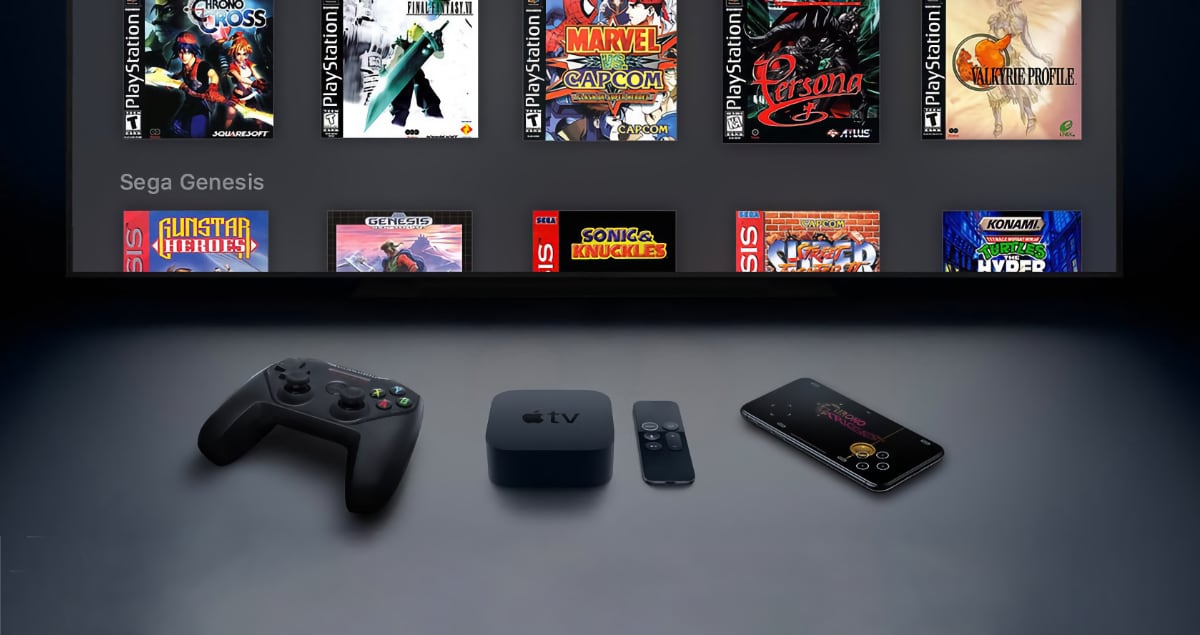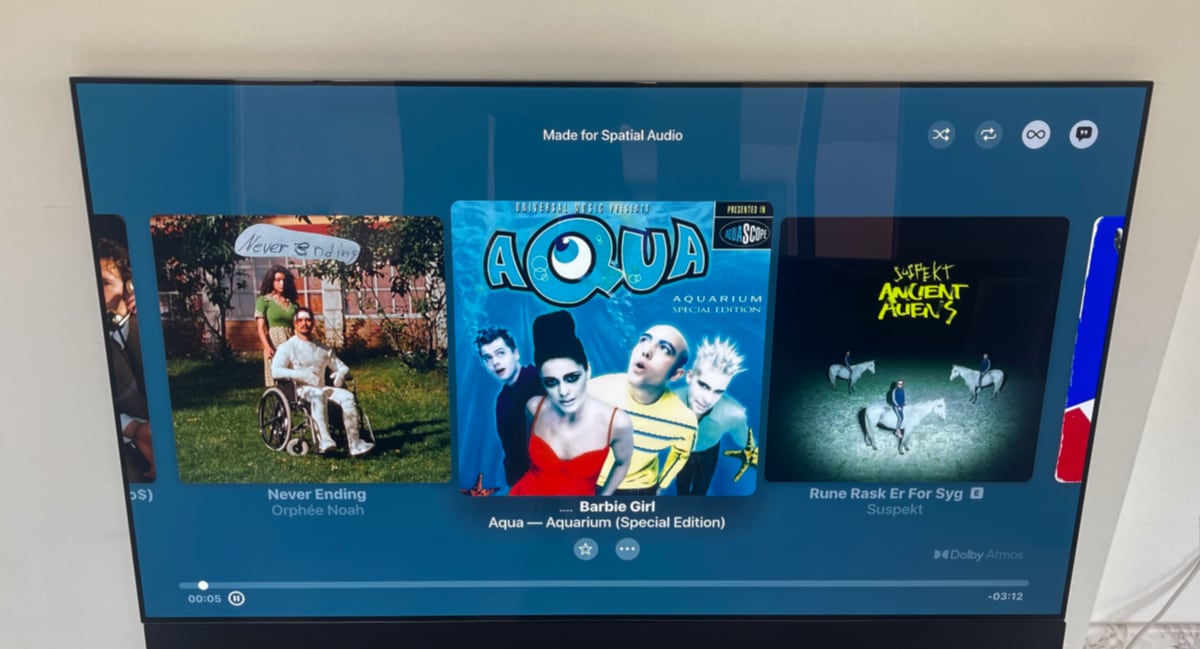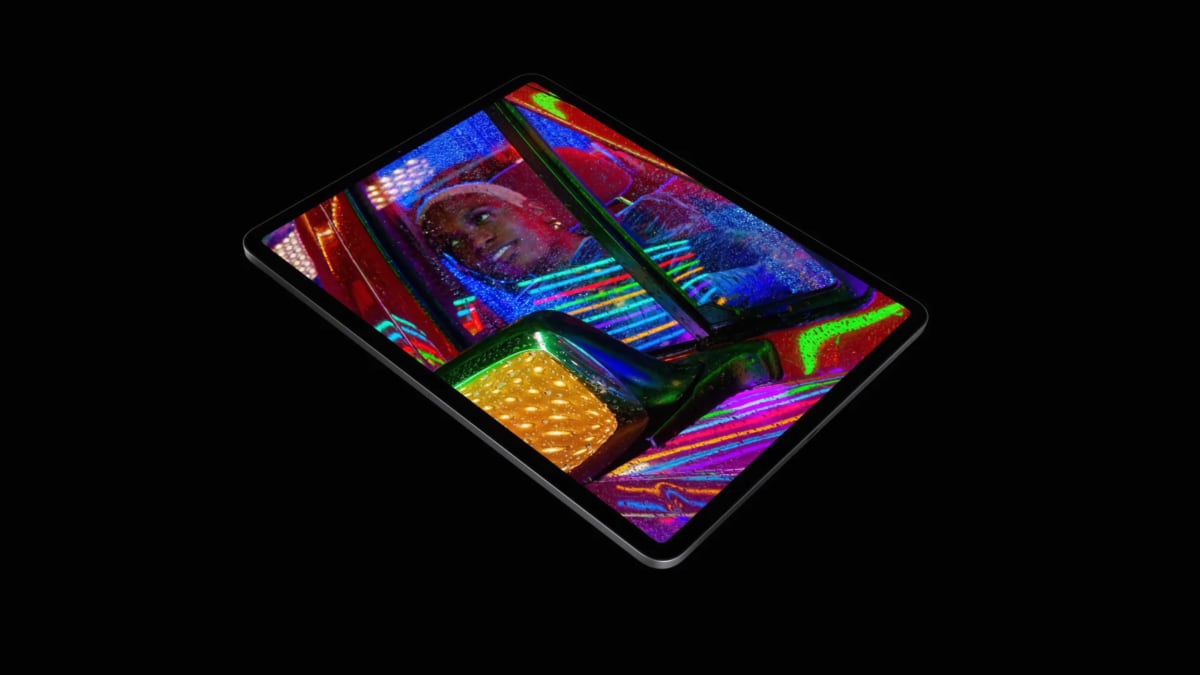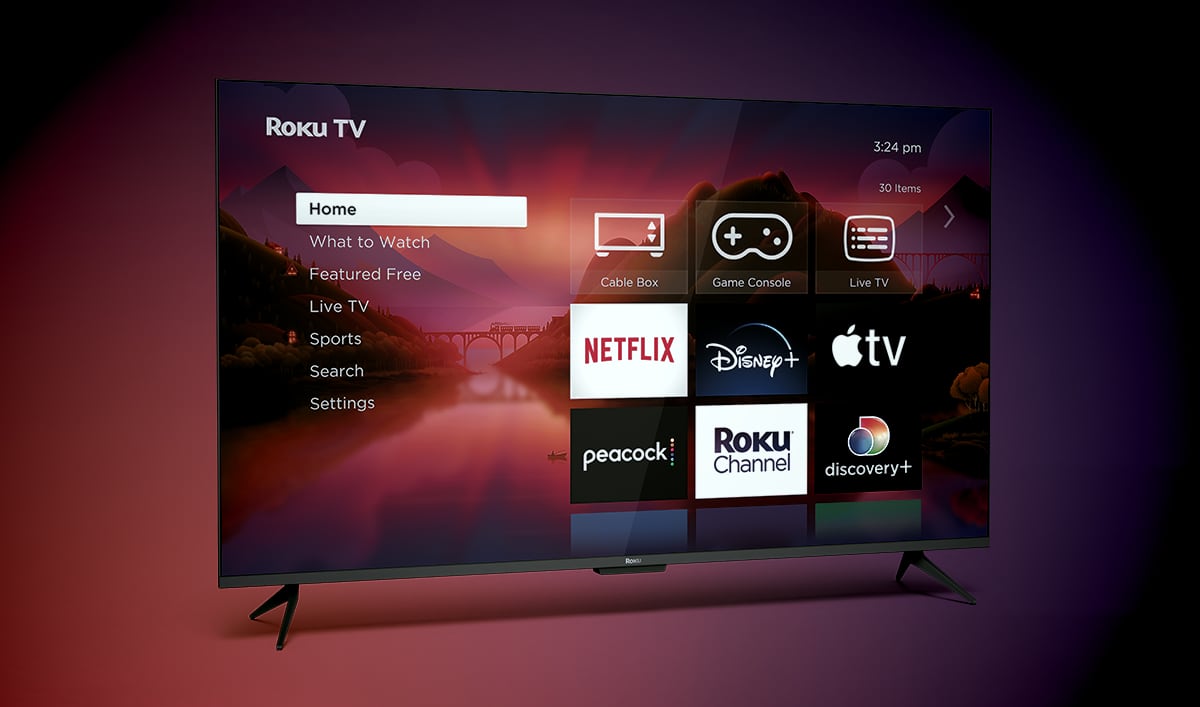Samsung has pushed OLED technology in their handheld devices for some time. Most often Samsung has used the inferior PenTile pixel structure that reduces pixel sharpness but in the new Galaxy Note II Samsung has switched to RGB OLED pixels – although a variant. No more pixel sharing, no more fuzzy text. Hooray.
RGB OLED in new Galaxy Note II
Samsung has used PenTile OLED pixels in the Galaxy Nexus, the original Galaxy Note and most recently in the Galaxy SIII. PenTile reduces pixel sharpness, can make white appear grayish and can cause strange color reproduction on some color combination. So why has Samsung been using it? Simple, Samsung has tried to keep up in the pixel rally with LCD displays and PenTile provided a solution for OLED that looks good on the specifications list – but not in reality.
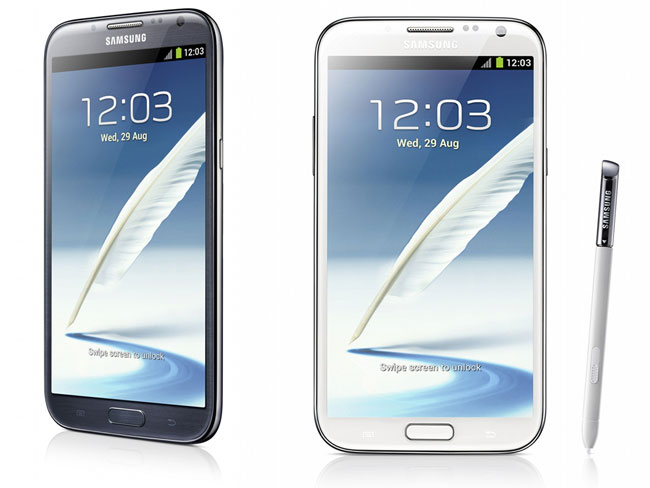
The Galaxy Note II is still too large for most people’s pockets but at least now it uses a proper display technology
We revealed the true story here (with the help from Engadget, Daring Fireball and Gizmodo). Samsung agrees but has tried to remain mum on the problem. But before they incorporated PenTile pixels Samsung was heavily promoting RGB OLED panels and even criticized PenTile by saying that it was an inferior technology. It is.
Luckily, it seems that Samsung has now started to use RGB pixels in OLED panels again.
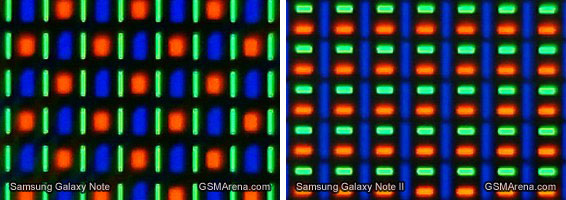
Notice how the Galaxy Note II (right) now uses three sub pixels (red, green, blue) for each pixel instead of sharing pixels as is the case on the original Galaxy Note (left), Picture source: GSMArena
The new Galaxy Note II uses a RGB OLED panel – although in a slightly different pixel arrangement than typical RGB OLED panels. This marks an important step for high-resolution OLED panels. The Galaxy Note II has managed to achieve a pixel density of 268 ppi, which is the highest for a non-PenTile OLED panel ever. But in reality the number does not tell the entire story. Even though the ppi count is lower than on for example Galaxy SIII, it still results in a better screen with no color edge problems and sharper text without a fuzzy look at the edges (which was a problem for some specific text-background color combinations, not all). Now, each pixel consists of a red, green & blue (RGB) sub pixel instead of the pixel sharing that is going on in PenTile panels.

The advantages are very evident when reproducing texts. No longer will you experience fuzzy letters with colored edges, Picture source: GSMArena
However, it is curious to note that Samsung still uses the “Super AMOLED” name for the new panel. In the past “Super AMOLED” has referred to PenTile pixels while “Super AMOLED Plus” has referred to RGB pixels. Confusing.
This could be due to the fact that Samsung still uses a rather special RGB pixel structure (as seen in the picture above) instead of traditional RGB structure. It is still far better than PenTile pixel arrangement but the major concern with RGB OLED has been lifetime. It seems that the new RGB pixel structure solves that to some degree.
Good move, Samsung. Now stop using PenTile for good. Consumers deserve it.
- Picture source: Sammobile
 Samsung switches to RGB OLED pixels in Note II
Samsung switches to RGB OLED pixels in Note II





